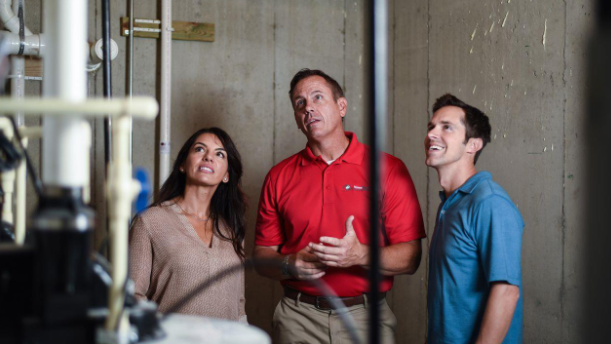Moisture readings are a common part of home inspections, especially in crawlspaces and basements, and can raise concerns during negotiations. This FAQ breaks down what agents need to know about elevated wood moisture content, when to take action, and how to approach repairs with contractors. Use this as a reference when navigating reports or discussing findings with clients.
1. What Moisture Levels Are Considered a Problem?
Anything above 20% moisture content in wood should trigger corrective action. At this threshold, conditions are favorable for:
- Wood-destroying insects (especially termites)
- Mold and fungal growth
- Wood rot and structural damage
2. Does It Matter How Far Above 20% the Reading Is?
From a negotiation standpoint, 20% is the action line, anything above that should be addressed. That said:
- 25–30%+ readings carry a higher risk of advanced wood rot or wood-destroying fungus, which could compromise structural integrity.
- Even if repairs are planned, you don’t need to wait for extreme levels to justify action.
3. What Are Common Solutions to High Moisture?
Here are the most typical remedies, usually based on what’s causing the issue:
- Vapor Barrier Installation: If none is present, this is often the quickest way to reduce moisture
- Improve Ventilation: Ensure crawlspace vents are open and functioning to allow airflow.
- Fix the Source First: If water is entering via leaks or the foundation, that needs to be corrected before anything else.
- Encapsulation: A more expensive option, typically reserved for severe cases where homeowner comfort is a driving factor.
4. How Should Agents Approach Contractors or Negotiations?
- Start by identifying the source of the moisture, ask the contractor or inspector to determine it.
- Request a plan to correct the issue and dry the space (e.g., a dehumidifier or improved drainage).
- Allow time post-repair (a few days to a week) and then re-test moisture levels. They may not drop immediately, but should trend down.
- Ask for multiple solutions. Contractors may default to the highest-cost fix. Push for options that provide negotiation flexibility without jeopardizing the deal.
5. How Long Does It Take for Moisture Levels to Normalize?
- It depends on the environment and repairs made. In many cases, levels may drop within a few weeks, but timelines vary. The key is that they should be trending below 20% and continuing to improve.



